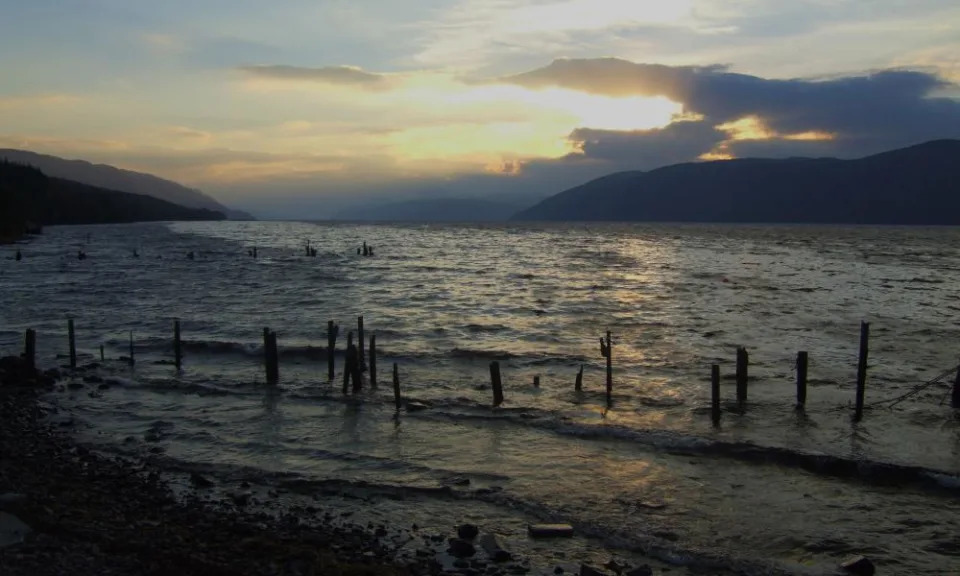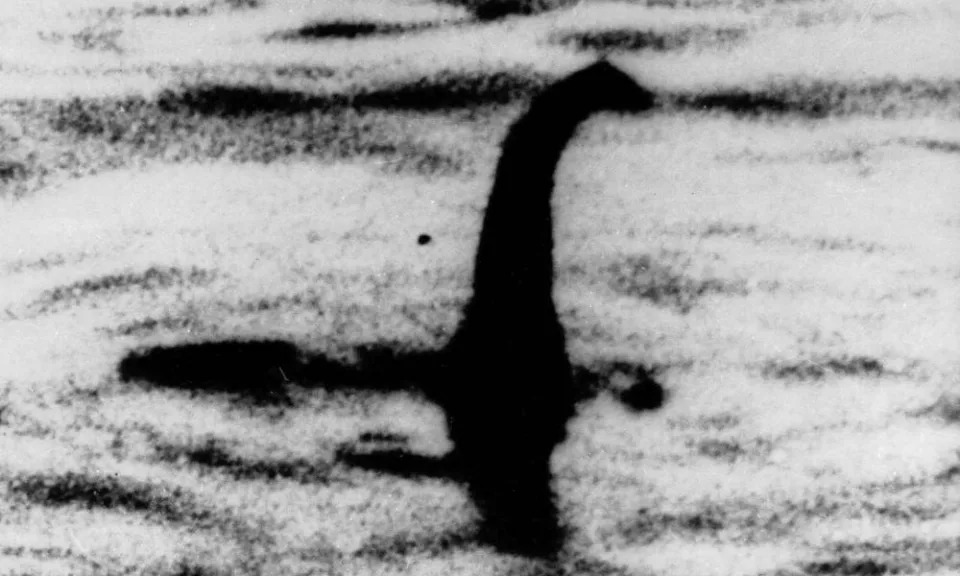Loch Ness monster enthusiasts gear up for biggest search in 50 years
https://uk.yahoo.com/news/loch-ness-monster-enthusiasts-gear-050008208.html
It was 90 years ago that Aldie Mackay, manager of the Drumnadrochit hotel, burst into the bar one evening to tell dumbfounded patrons she had just witnessed a “water beast” in Loch Ness.
It was this sighting – zealously reported in the Inverness Courier – that began the modern myth-making around an elusive monster surviving in the depths of the Highland loch – and next weekend hundreds of Nessie enthusiasts are expected to take part in the biggest organised hunt for the mysterious creature in 50 years.
Organised by the newly revamped Loch Ness Centre, volunteers from across the globe will participate in person and online in what is believed to be the largest surface watch, searching for breaks in the water and any inexplicable movements over a two-day period.
In partnership with the voluntary research team Loch Ness Exploration, the hunt will enlist surveying equipment that has never been used on Loch Ness before, including drones to produce thermal images of the water from the air using infrared cameras, as well as a hydrophone to detect acoustic signals beneath the surface.
The recently renovated Loch Ness Centre is located at the old Drumnadrochit hotel, whereAldie Mackay worked.
Over the years, scientists and amateur enthusiasts have endeavoured to find evidence of a large fish such as a sturgeon living in the 230-metre (755ft) deep loch, or even a prehistoric marine reptile like a plesiosaur, but to no avail.
Alan McKenna, of Loch Ness Exploration, who will brief volunteers live from the Loch Ness Centre each morning on what to look out for and how to record findings, said: “It’s always been our goal to record, study and analyse all manner of natural behaviour and phenomena that may be more challenging to explain.
“It’s our hope to inspire a new generation of Loch Ness enthusiasts and by joining this large-scale surface watch, you’ll have a real opportunity to personally contribute towards this fascinating mystery that has captivated so many people from around the world.”
Fraser Campbell, director of the Cobbs Group, which owns the new Drumnadrochit hotel – as well as other sites along the A82, the road that edges the western shore of the loch – said that the renewed interest in the monster legend had led to “unbelievable” bookings across this summer season.
“Hotels and visitor attractions working together is how we are going to survive,” said Campbell, as the Highlands continue to reel from the combined impact of Brexit, depopulation and the cost of living crisis.
The area has much more to offer than a mythical monster, he adds: “At one end we’ve got the UK’s highest mountain and at the other the biggest areas of fresh water. It’s an amazing place and every season is different.”
Paul Nixon, general manager of the Loch Ness Centre, said part of the enduring appeal of the Loch Ness monster story was its accessibility: “You can literally pull up at the side of the loch and be a part of it.”
Timeline
The earliest mention of a monster in the vicinity of the loch dates back to the middle ages when Irish monk St Columba is said to have encountered a “water beast” in the River Ness, which flows from the loch.
The notion came to worldwide attention in 1933, when the Inverness Courier reported on hotel manager Aldie Mackay’s sighting of a “whale-like creature”, and later in the same year, George Spicer told the same paper about seeing “a most extraordinary form of animal” cross the road in front of their car and disappear into the loch.
Mackay later admitted she had known about the ancient tradition of a “beast” in the vicinity of the loch well before her own claimed sighting.
Since the 1940s the creature has been affectionately known as “Nessie”.
In the 1960s the Loch Ness Investigation Bureau was set up and in 1972 undertook the biggest search of the loch to date.
In 1987, Operation Deepscan deployed sonar equipment across the width of the loch and claimed to have found an “unidentified object of unusual size and strength”.
In 2018, an international team of researchers from the universities of Otago, Copenhagen, Hull and the Highlands and Islands did a DNA survey of the loch, looking for unusual species, and later ruled out the presence of any large animals likely to be behind reports of a monster.



No comments:
Post a Comment